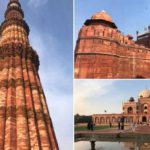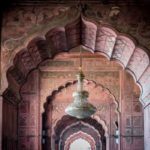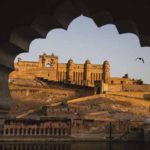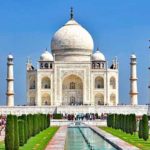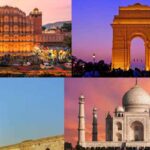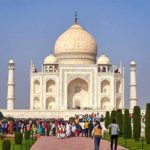Top 8 UNESCO World Heritage Sites in India In this world, everyone knows about India’s great heritage and culture. Kings who ruled India used to show their culture and heritage in the form of great architect monuments and structures. That’s why India is a landmark for many historical monuments and wonders.
In India totally 10 World Heritage Sites are recognized by UNESCO. These sites are great examples to educate India’s culture and heritage. It’s time to know something more about top UNESCO World Heritage Sites in India.
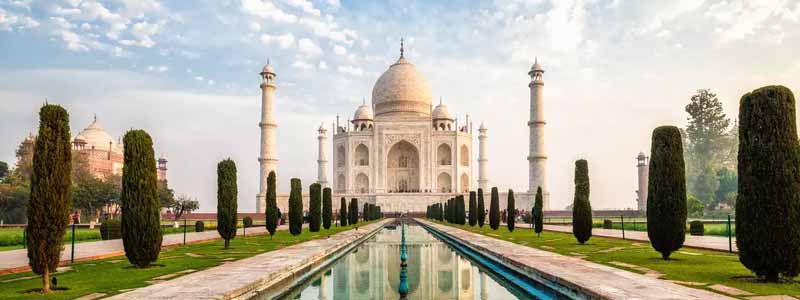
Taj Mahal, Agra
One of Seven Wonders of the World, White Marble Mughal Architecture, the Taj Mahal was built by emperor Shah Jahan in the memory of his wife, Mumtaj Mahal. It is located at the bank of river Yamuna in Agra. It was completed in 1653 with the estimated cost of 32 million Indian rupees which would today stand up to 58 billion Indian rupees. It is considered as the best example of Mughal architecture worldwide and is called the “Jewel of Muslim Art in India”. This is probably the monument that is most recognised the world over for its association with the Indian heritage sites
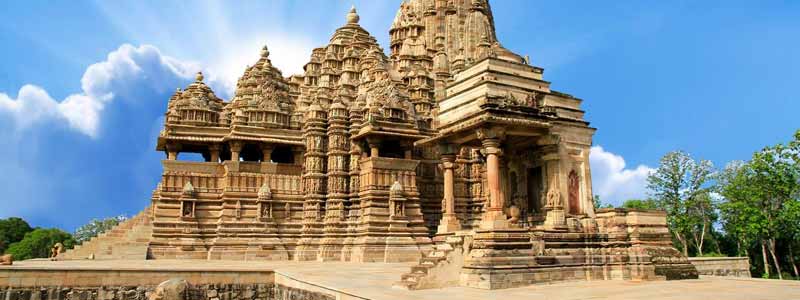
Khajuraho, Madhya Pradesh
Located in Madhya Pradesh, Khajuraho is a famous UNESCO World Heritage site in India. Khajuraho is a unique heritage site which is renowned for a group of Hindu and Jain Temples situated 175 km south-east of Jhansi. They are well known for their Nagara style symbolism and erotic figures and sculptures. These sensuous stone carvings of human and animal form in erotic poses are very aesthetically portrayed and stand testimony to the rich cultural heritage of India.
Most of these monuments were built between 950 to 1050 CE under the reign of the Chandella dynasty. It consists of a total of 85 Temples spread across an area of 20 square kilometres. The Kandariya temple is the most prominent of all of these temples in the Khajuraho complex.
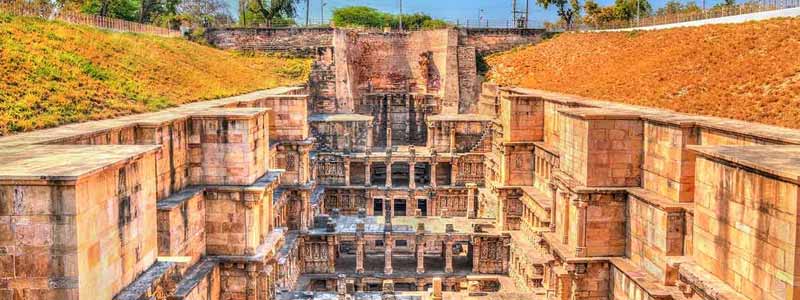
Rani Ki Vav, Patan, Gujarat
Built-in the 3rd millennium BC in the memory of the kings, its an explicit example of beautiful Ancient Indian architecture. Constructed during the time of the Solanki dynasty, legend says that it was built in the honour and memory of Bhimdev 1, the son of the founder of the family, by his widowed queen Udayamati. It was recently declared as a UNESCO World Heritage site in 2014, owing to its architectural marvel and splendour. Rani-ki-vav is well known for its Stepped Corridors, Sculptures and Stone Carvings in the Well.
Most of the sculptures in the well are devoted to Lord Vishnu in the form of his ten avatars, which signify his return to the world. Apart from being a place for the storage of water, this vav also has a spiritual meaning attested to it. It is designed as an inverted temple and is divided into seven levels of wells, each having its own importance as per the religious and mythological works mentioned in the canonical literature.
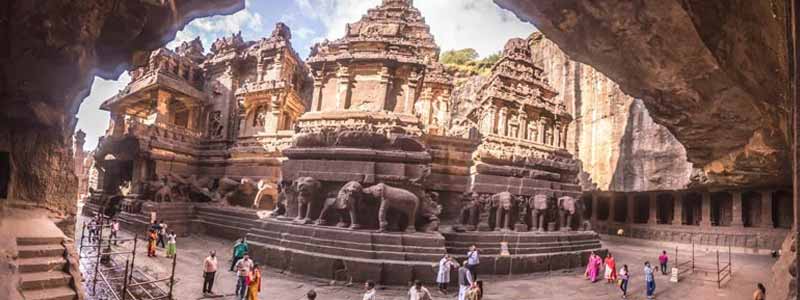
Ajanta Caves, Maharashtra
One of the first World Heritage sites in India, the Ajanta Caves date back to around 2nd century BCE to 650 CE and consist of the most beautiful masterpieces of 31 rock-cut Buddhist cave monuments, paintings and sculpture. The caves very built in two different phases. First of Satavahana Period under the patronage of Satvahana Dynasty (230BCE-220CE). Second, the caves of Vakataka Period under the reign of Emperor Harishena of Vakataka Dynasty. The style of Ajanta art and architecture has had a revolutionary impact on the way in Indian art and architecture has progressed all throughout history. Having mainly carvings and sculptures related to the life of Buddha, one can say that this marks the beginning of Indian Classical Art.
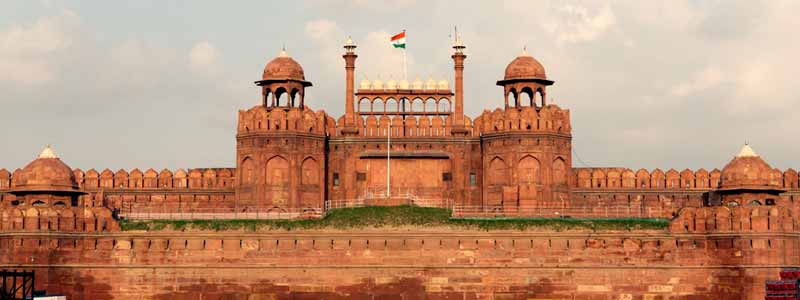
Red Fort Complex, Delhi
Situated in the centre of the historic city of New Delhi, the Red Fort was built by Emperor Shah Jahan when he shifted his capital from Agra to Delhi, or what was known as Shahjahanabad at that time. The fort became the political hub of the Mughals. Under Shah Jahan, Mughal art and architecture reached its zenith, and the Red Fort is the perfect example of that. One can see the blending of Indo-Islamic, Timurid, Hindu and Persian forms of architecture in several facets of the Red Fort Top 8 UNESCO World Heritage Sites in India.
It’s made up of red sandstone and houses several other smaller buildings such as the private pavilions, the Diwan-i-aam, the Diwan-i-Khas. The Red Fort is one of the most famous UNESCO World Heritage Sites in India and is managed directly by the Archaeological Survey of India.
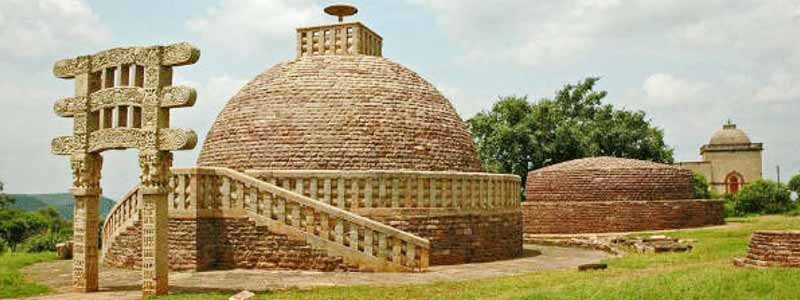
Sanchi, Madhya Pradesh
The Buddhist Monuments located at Sanchi in Madhya Pradesh are a manifestation of Heritage of India, and they are the oldest stone structures in India. Initially commissioned by emperor Ashoka in 3rd century BCE, the Sanchi Stupa is located 46-kilometre north-east of Bhopal. Its core was a hemispherical brick structure built over the relics of Buddha and was crowned by the Chatra which symbolises rank. The stupa was vandalised during 2nd century BCE and renovated during the Satavahana Period when the gateways and the balustrade were built and coloured.
Apart from the Sanchi stupa, several other structures exist here, such as monolithic pillars, temples, palaces and monasteries. It remained an important pilgrimage site for the Buddhists till about 12th century AD, after which the religion declined in popularity, Top 8 UNESCO World Heritage Sites in India.

Kaziranga Wild Life Sanctuary, Assam
Famous for its one horn rhinoceroses, Kaziranga Wildlife Sanctuary is located in Assam and is one of the untouched natural areas in India. It is said that this World Heritage Site in India, was a project initiated by Lord Curzon when his wife failed to see a single Rhinoceros in the region and urged her husband to take measured regarding the protection of these endangered species. This park lies on the flood plains of the river Brahmaputra and consists mainly of dense grasslands, forests and also has several streams and lakes running through it.
Kaziranga contains about 15 endangered Indian faunal species, of which the Rhino is the most endangered. Other mammals include capped langur, hoolock gibbon, tiger, leopard, sloth bear, Ganges dolphin, otter, wild boar, water buffalo, gaur, sambar, swamp deer, hog deer and Indian muntjac Top 8 UNESCO World Heritage Sites in India.
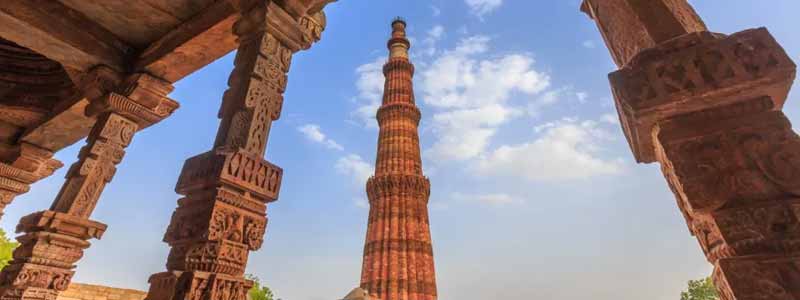
Qutub Minar, New Delhi
One of the most famous World Heritage Sites in India, the Qutub Minar was built in 1193 by the first Muslim ruler of Delhi, Qutub-ud-din Aibak of the Mamluk Dynasty, after the defeat of Delhi’s last Hindu Kingdom. The Qutub Minar is one of the several other buildings located within the Qutub complex, and it occupies the centre stage mainly due to its height. It is 73 meters tall and has a diameter of 15 m at the base and 2.5 m at the top. It was built by Aibak to honour the famous Sufi saint Qutbuddin Bakhtiar Kaki, Top 8 UNESCO World Heritage Sites in India.
Near to Qutub Minar is the Quwwat-ul-Islam mosque, which was built on the ruins of the Lal Kot of the previous Hindu kingdom and is also known to be one of the first mosques in the country. It is also famous for its brick minarets surrounding it. These monuments are collectively known as the Qutub Minar Complex and represent one of the earliest known symbols for Islamic Architecture in India.

